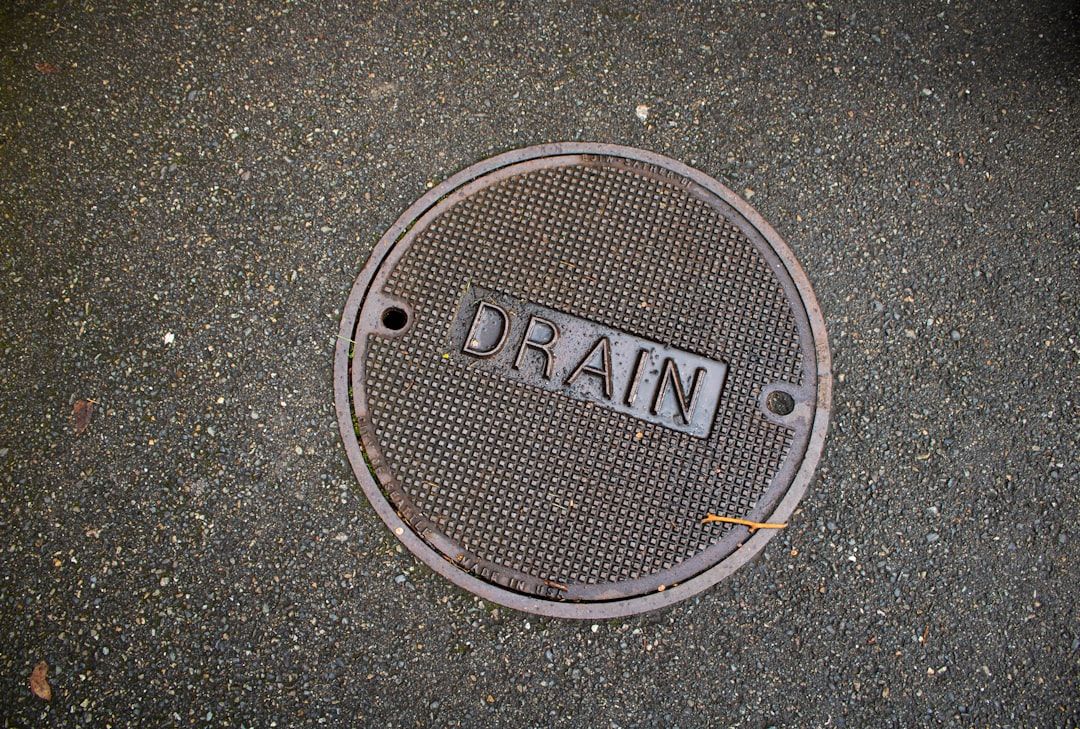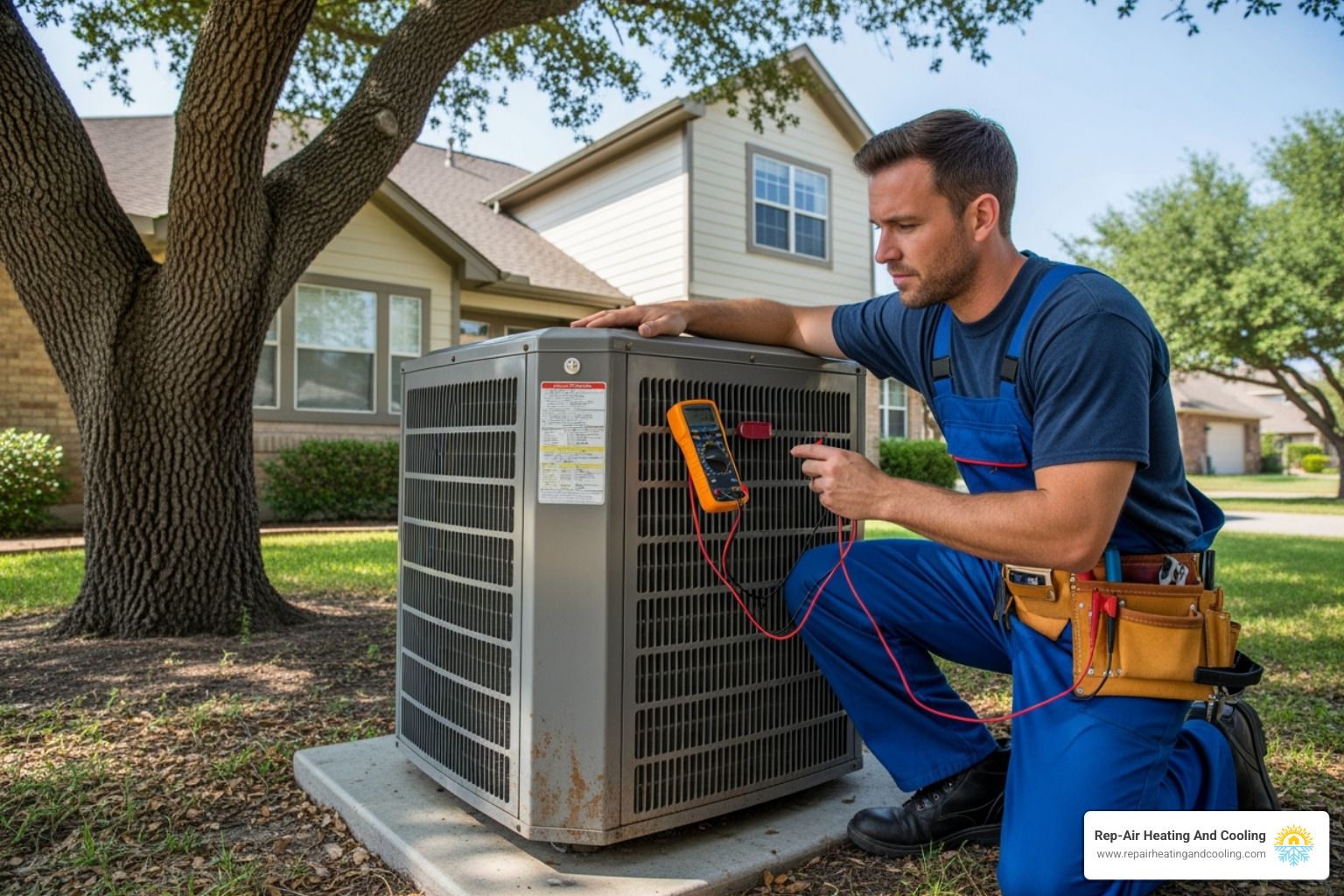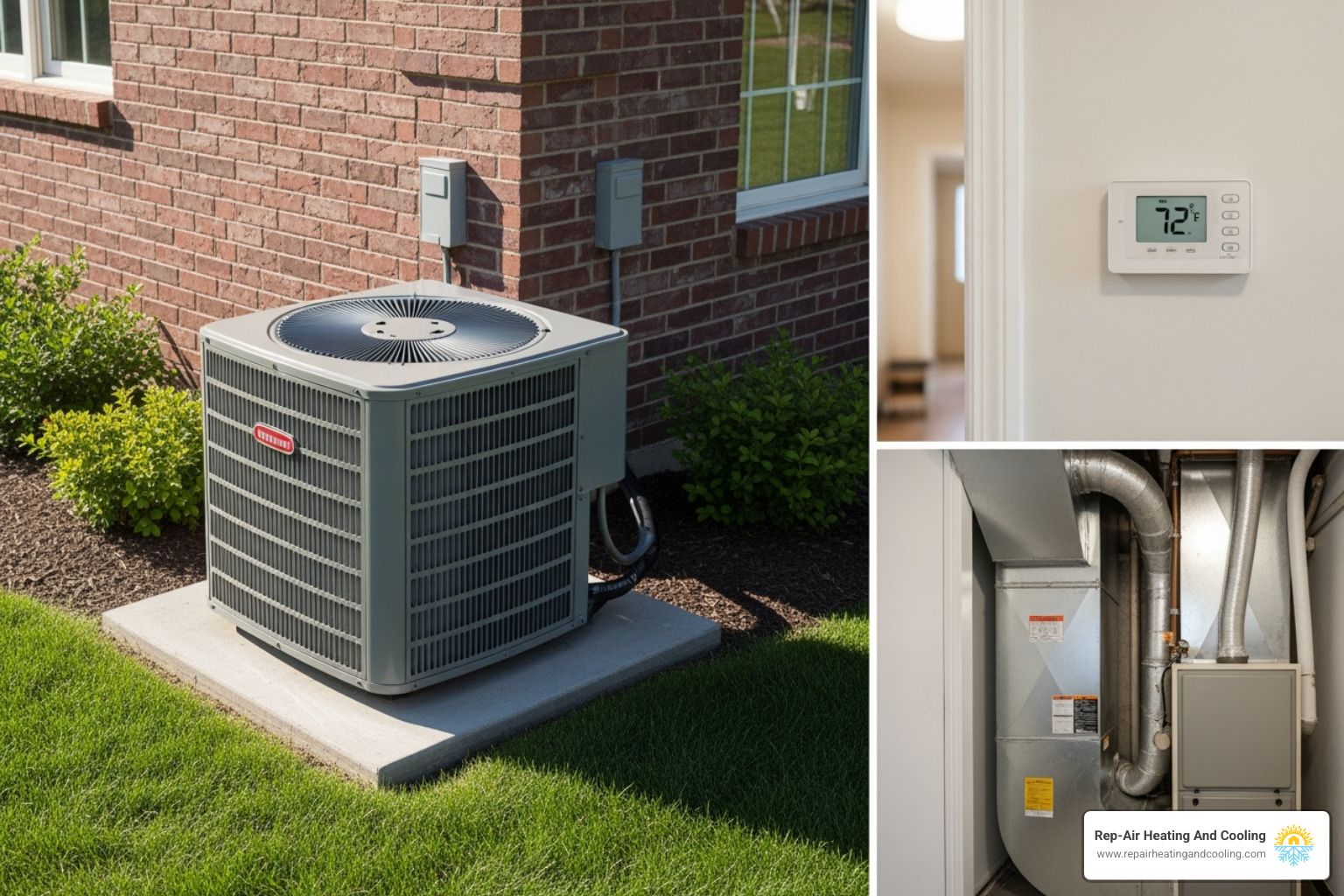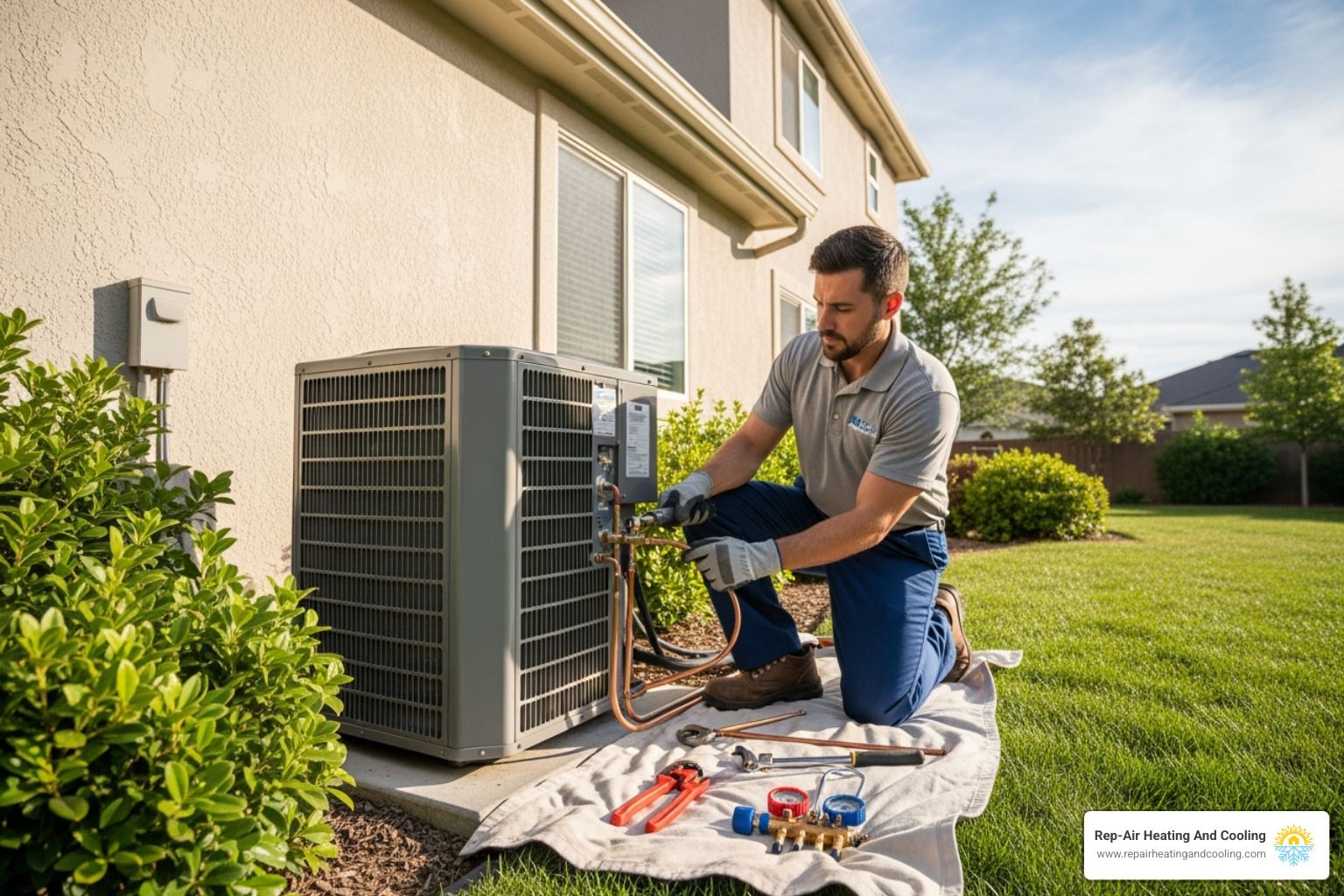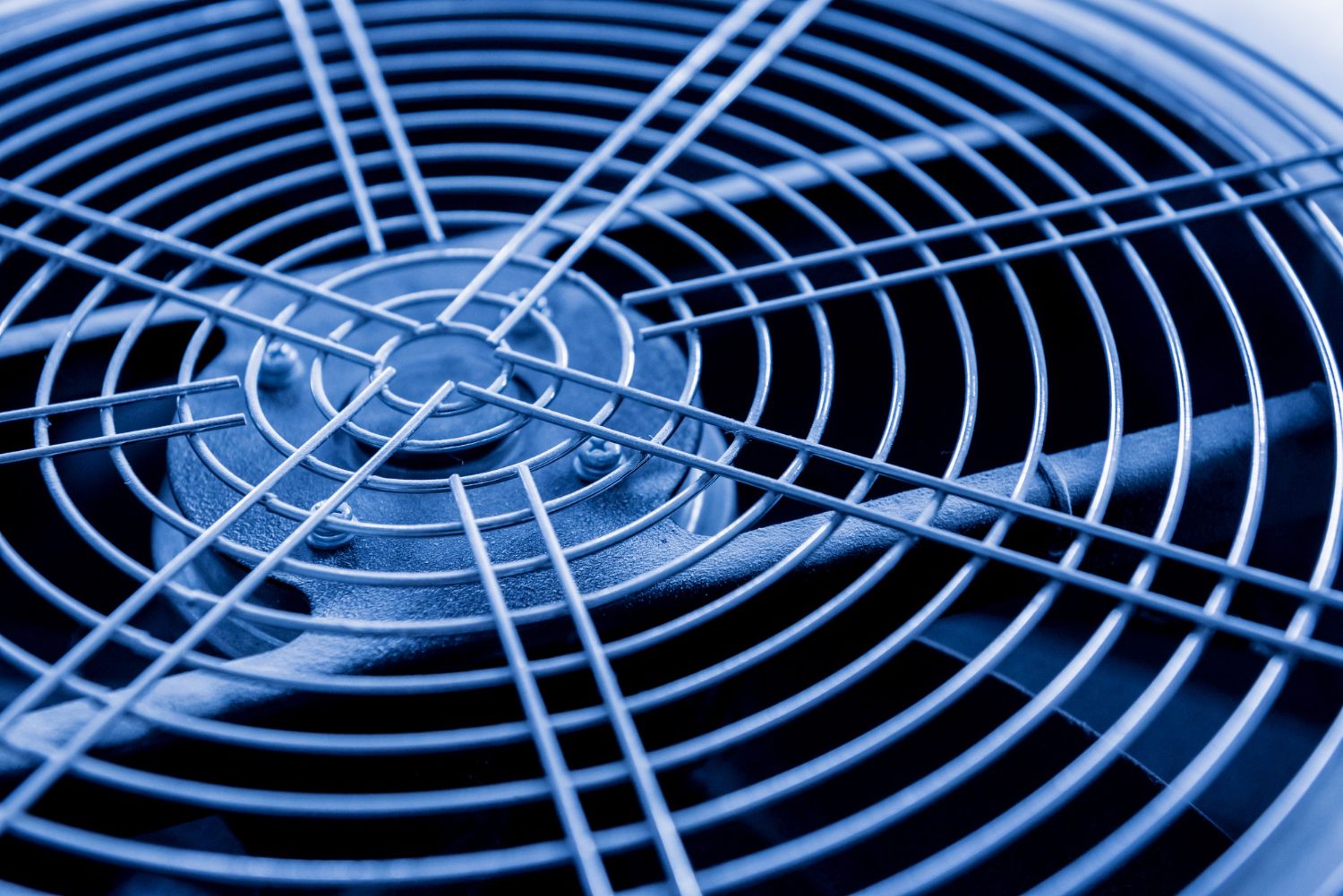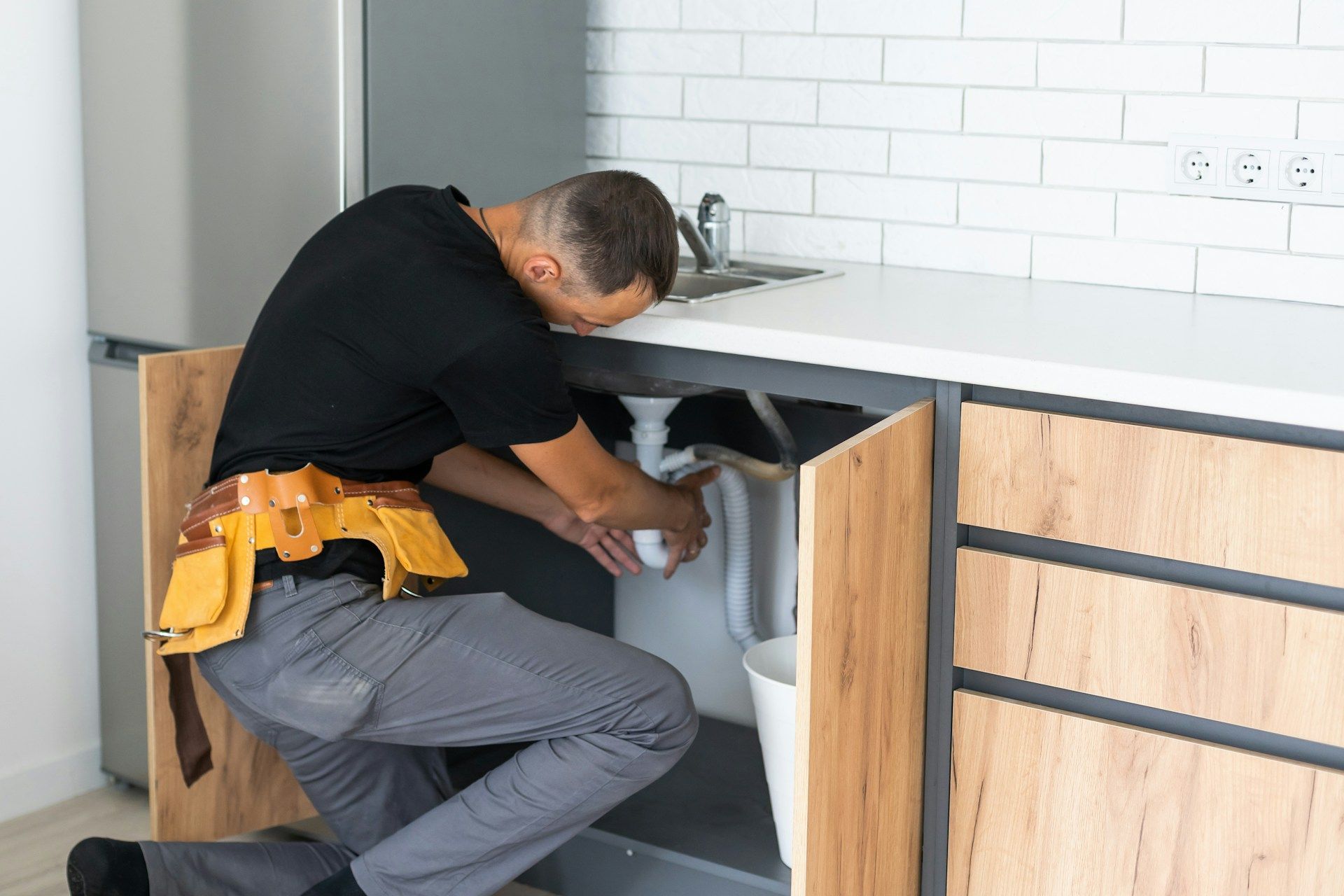Unclog Your Life: Simple Solutions for a Slow Drain
IMPORTANT NOTE: . Our company is located in British Columbia, Canada. If you are reading this article in another location, we hope you enjoy the information, but unfortunately we cannot service you.

Table of Contents
ToggleWhy Your Slow Drain Needs Immediate Attention
A slow drain fix doesn’t have to drain your patience or your wallet. When you’re standing in ankle-deep water during your shower or watching dirty dishwater sit in your sink, you need solutions that work fast.
The reality is simple: slow drains never get better on their own. What starts as a minor inconvenience can quickly escalate into water damage, foul odors, and expensive emergency repairs. Hair, grease, soap scum, and food particles build up over time, creating blockages that worsen with each use.
Most homeowners in the Lower Mainland face this frustrating problem. The good news is that many slow drain issues can be resolved with common household items and a little know-how. Some of the quickest solutions include:
- Baking soda & vinegar: A fizzing reaction to break down gunk.
- Plunger: Uses pressure to dislodge blockages.
- Manual removal: Using a tool to pull out hair.
- P-trap cleaning: Clearing debris from the pipe under the sink.
- Boiling water: Flushes out grease and soap (use caution with PVC pipes).
Understanding the root cause—whether it’s kitchen grease or bathroom hair—helps you choose the right fix and know when professional intervention is needed.
What’s Slowing Your Flow? Common Causes of a Slow Drain
That sluggish drainage is your sink’s way of telling you something is blocking the pipes. A slow drain fix is needed because these issues are the result of months or years of buildup.
Kitchen sink clogs are usually caused by grease, fats, and oils that solidify in cooler pipes. Combined with food scraps, this creates a sticky, thick mess.
Bathroom sink clogs are typically from hair mixed with soap scum, toothpaste, and mineral buildup from hard water, forming a stubborn blockage.
Sometimes the problem runs deeper. Pipe corrosion in older homes can narrow pipes, while mineral deposits choke off water flow. If you have multiple slow drains, you might be facing one of many common plumbing problems that need professional attention.
Kitchen vs. Bathroom Sinks
Knowing the location of the clog helps determine the best slow drain fix. Kitchen clogs, rich in grease, often respond to hot water and grease-cutting solutions. Bathroom clogs, primarily hair and soap scum, usually require physical removal or enzyme-based treatments to break down the matted blockage. The different clog compositions require different approaches.
Understanding the P-Trap
Meet the P-trap – the U-shaped pipe under your sink. Its purpose is to hold a small amount of water that acts as a barrier, preventing sewer gas from entering your home. However, this curve is also a natural debris collection point. Hair, soap, and food particles settle here, gradually slowing your drain.
The good news is that the P-trap is one of the most accessible parts of your plumbing, making it a prime target for a DIY slow drain fix. When your drain slows, the P-trap is often the first place to check.
Your DIY Slow Drain Fix Toolkit: 5 Methods to Try at Home
Before you start, avoid chemical drain cleaners. Their harsh ingredients can damage pipes, create toxic fumes, and are often ineffective on tough clogs. If they fail, they leave a hazardous chemical cocktail in your sink. Instead, try these safe and effective methods.
Method 1: The Natural Fizz: Baking Soda & Vinegar
This gentle slow drain fix is a great first step. The fizzing reaction between baking soda (an alkali) and vinegar (an acid) breaks apart grease, soap scum, and general gunk while deodorizing the drain.
- Remove any standing water and pour 1/2 cup of baking soda down the drain.
- Follow with 1/2 cup of white vinegar and immediately cover the drain with a stopper to trap the fizzing action.
- Wait 15-30 minutes (or up to an hour for tougher clogs).
- Flush with a kettle of hot water.
This method is also great for monthly preventive maintenance. For more tips, Apartment Therapy has a useful guide.
Method 2: Plunger Power
A simple cup plunger can be a powerful slow drain fix. For a proper seal, use a flat cup plunger (not a toilet plunger). Add an inch or two of water to the sink to help create pressure.
Crucially, cover the overflow hole near the sink’s rim with a wet rag or duct tape. This directs all the pressure toward the clog. Place the plunger over the drain, ensuring a tight seal, and pump vigorously for 10-20 seconds. The alternating pressure and suction can dislodge the blockage. Repeat a few times if necessary.
Method 3: The P-Trap Cleanout
If gentler methods fail, cleaning the P-trap is a direct approach. Place a bucket and towels under the U-shaped pipe to catch water and debris.
Loosen the two large slip nuts connecting the P-trap (use pliers or a wrench if hand-tightening isn’t enough, but be gentle). Pull the trap away and empty its contents into the bucket. You’ll likely find a collection of hair and gunk. Clean the trap thoroughly, reassemble it, and run water to check for leaks. A gentle tightening of the nuts should stop any drips.
Method 4: Using a Drain Snake (Auger)
For deeper clogs beyond the P-trap, a drain snake (or auger) is your best tool. You can remove the P-trap for easier access.
Feed the snake into the pipe until you feel resistance. Crank the handle clockwise to allow the tip to bore into or hook the blockage. Once you feel it has broken through or grabbed the clog, slowly pull the snake back out. You’ll likely pull the blockage out with it. Flush the drain with hot water afterward to clear any remaining debris. This is a messy but effective slow drain fix. Find more details in our guide on quick fixes for clogged drains.
Method 5: The Boiling Water Flush
This simple method is great for dissolving grease in kitchen sinks or soap scum in bathroom drains. After removing any standing water, carefully pour a kettle of boiling water slowly down the drain in stages. This gives the heat time to melt the clog.
Important: Never use this method on PVC (plastic) pipes, as the heat can soften or damage them. It’s best for metal pipes. Also, avoid pouring boiling water directly onto porcelain sinks to prevent cracking. Never use this method if chemical cleaners are present in the drain.
From Fix to Prevention: Keeping Your Drains Clear for Good
After you’ve completed your slow drain fix, the goal is to prevent it from happening again. Prevention is always easier and cheaper than a cure. A few simple habits can keep your pipes flowing smoothly.
- Use drain strainers: These inexpensive mesh screens catch hair and food particles before they enter your pipes. Clean them regularly.
- Scrape plates: Keep food scraps out of the kitchen sink. Most importantly, never pour grease, oil, or fats down the drain. Let grease cool and dispose of it in the trash.
- Perform weekly hot water flushes: Run hot water down your drains for a minute to help dissolve any fresh buildup of grease or soap scum.
- Do a monthly baking soda and vinegar treatment: This gentle cleaning keeps pipes fresh and prevents the buildup that leads to clogs.
- Clean sink stoppers: Hair and soap collect on bathroom sink stoppers. Pull them out monthly for a quick cleaning.
Making these habits automatic will save you from future plumbing frustrations. For more tips on tub drains, This Old House offers a helpful guide: How To Fix a Slow-Draining Tub.
When to Call a Professional for Your Slow Drain Fix
While DIY methods are great, some jobs require a professional. If you’ve tried the methods above and the drain is still slow, it’s time to call for help. Pushing a DIY fix too far can turn a simple clog into a costly repair.
At Rep-Air Heating And Cooling, we have the right tools and expertise to solve stubborn drain issues safely and effectively.
Signs You Need an Expert
It’s time to call a pro if you notice these signs:
- Multiple slow drains: If sinks, showers, and toilets are all draining slowly, it points to a main sewer line issue.
- Recurring clogs: Clogs that return every few weeks suggest a deeper problem that home remedies can’t reach.
- Gurgling sounds: Strange noises from drains often mean air is trapped due to a blockage or venting problem.
- Sewage smell: This indicates sewer gases may be escaping into your home, a sign of a serious clog or sewer line issue.
- Water backing up: If flushing a toilet causes water to appear in your shower, you have a main line blockage.
Investing in expert care can save you money in the long run. Learn more about the benefits of professional plumbing service.
What to Expect from a Professional Service
When you call us for a slow drain fix, you get a comprehensive approach to find the root cause.
- Expert Diagnosis: Our licensed plumbers will thoroughly assess the problem to determine the correct solution.
- Drain Camera Inspection: We use advanced cameras to see exactly what’s causing the blockage inside your pipes, eliminating guesswork.
- Professional-Grade Augers: Our powerful equipment can reach deep into your system to clear blockages that DIY tools can’t handle.
- Hydro-Jetting: For severe or recurring buildup, we use high-pressure water to scour pipes clean, restoring them to a like-new condition.
We serve homeowners throughout the Lower Mainland, providing solutions that last.
Frequently Asked Questions about Slow Drains
We hear these questions often from homeowners in the Lower Mainland. Here are answers to the most common concerns about slow drains.
What are the risks of using chemical drain cleaners?
We strongly advise against using chemical drain cleaners for any slow drain fix. These products contain harsh chemicals like lye or sulfuric acid that generate intense heat, which can warp, corrode, or even burst your pipes. This can turn a minor clog into a major, expensive repair.
The fumes are toxic, and the chemicals can cause skin burns. Worse, they often fail to clear the clog, leaving a dangerous chemical mixture sitting in your pipes. This creates a safety hazard for you and any plumber who has to work on the drain later.
How can I tell if a slow drain is a more serious plumbing issue?
A single slow drain is usually a simple clog. However, you may have a more serious main line issue if you experience:
- Multiple fixtures draining slowly at the same time.
- Persistent sewage smells coming from several drains.
- Water backing up in a shower or tub when a toilet is flushed.
- Gurgling sounds from distant drains when you use another fixture.
If you notice these signs, stop DIY attempts and call a professional to avoid potential sewage backups and water damage.
Why is my brand new sink draining slowly?
It’s frustrating when a new fixture has problems, but it’s surprisingly common. The issue is often one of the following:
- Construction debris: Small pieces of drywall, plaster, or sawdust left in the pipes during installation can create a blockage.
- Improper installation: The pipes may not have the correct slope, or the P-trap may be misaligned, preventing waste from flowing away smoothly.
- Venting problems: If the drain’s vent is blocked or was installed incorrectly, air cannot escape, which slows drainage significantly.
Contact your installer or builder first, as these issues may be covered by a warranty. If not, we can diagnose the problem and provide the correct slow drain fix.
Conclusion: Enjoy a Free-Flowing Home
There’s great satisfaction in watching water swirl smoothly down a drain you’ve just cleared. We’ve armed you with several effective DIY methods for a slow drain fix, from using baking soda and vinegar to cleaning out the P-trap. These solutions are safe for your pipes and use items you likely already have.
However, the best fix is prevention. Simple habits like using drain strainers, keeping grease out of the sink, and performing regular maintenance can save you from future headaches. Think of it as a small investment in years of trouble-free plumbing.
Of course, some clogs are too tough for DIY solutions. When you’re facing recurring clogs, multiple slow drains, or strange plumbing noises, our team at Rep-Air Heating And Cooling is ready to help. We’ve seen it all and have the professional tools to solve the problem correctly.
Our approach is to treat your home like our own with thorough diagnosis and lasting solutions. Whether you need a camera inspection or a full hydro-jetting service, we’re here to restore that satisfying whoosh of a properly flowing drain.
Ready to say goodbye to slow drains for good? We serve the entire Lower Mainland, from Mission to Chilliwack and beyond.
Schedule your professional plumbing service in Mission today
Request your service today!
Our team of highly trained technicians are standing by ready to help you out with all of your service, repair, and installation needs. You can count on us for on-time repairs, professional installation, and the friendliest customer service in town!Contact Rep-Air Heating & Cooling today to get started with service by requesting a quote online, or by phone at (844) 218-3362.
Request Service
Contact us today to request an estimate or schedule service.






